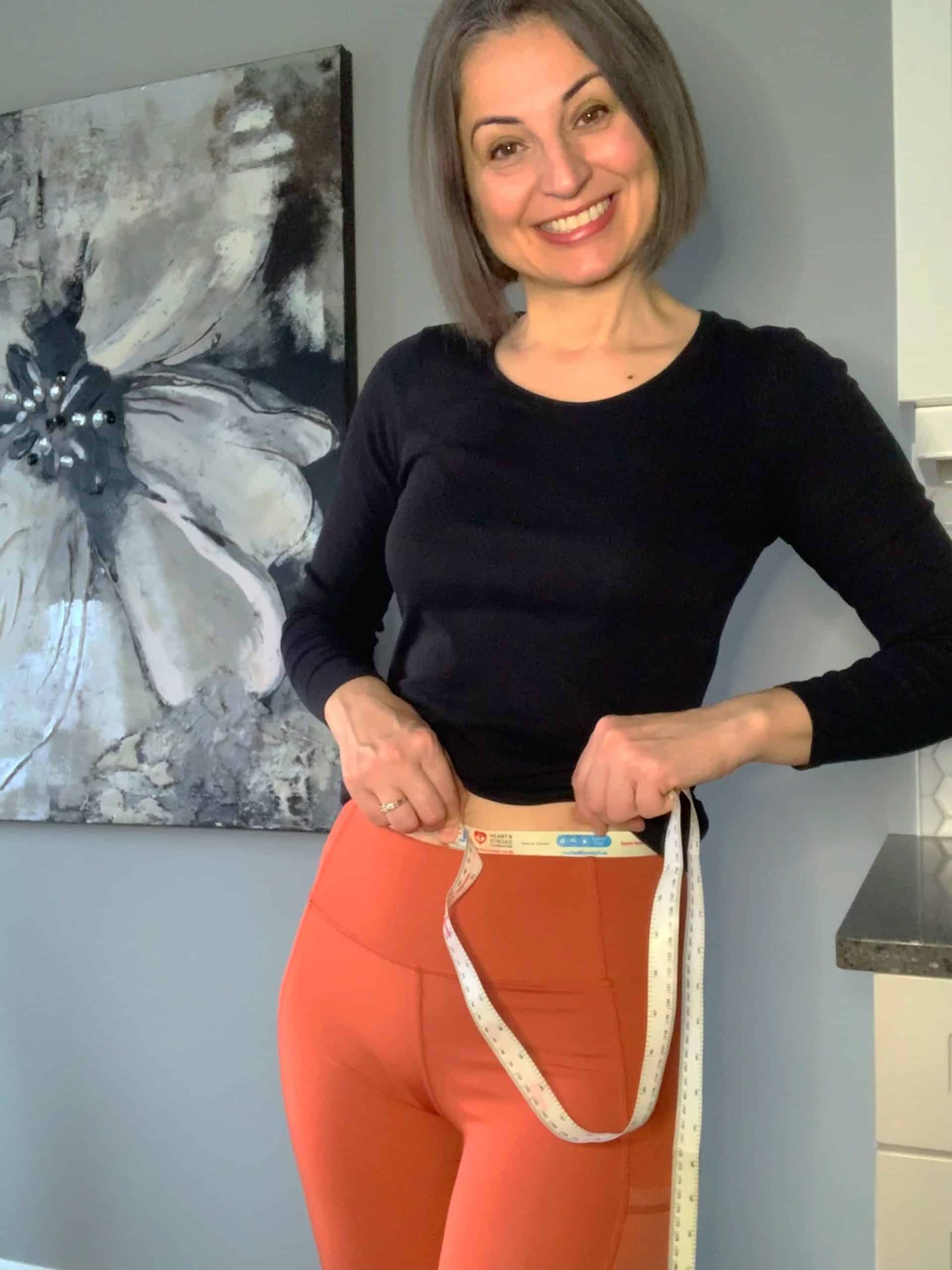When it comes to body fat, location counts.
Evidence shows that the fat lying deep within the abdomen (visceral) is more dangerous than the fat that you can pinch with your fingers (subcutaneous).
Visceral fat is found in the spaces surrounding the liver, intestines, and other organs, and having excess amounts is linked to serious health problems such as Cardiovascular disease, Diabetes, Asthma, Cancer, and Dementia.
Waist circumference is an indirect indicator of intra-abdominal fat tissue (visceral fat).
Waist circumference measurement is a good way to measure visceral fat, while other methods are limited because they do not distinguish between fat types.
To measure your waist circumference, place a tape measure around your body at the top of your hip bone, at the level of your belly button. You are at increased risk for health problems if you are:
* A man with a waist measurement greater than 102 cm (40 inches).
* A woman with a waist measurement greater than 88 cm (35 inches).
Keep in mind that other risk factors such as ethnicity, individual risk factors, pregnancy, medical history and family history can affect your risk, regardless of your waist circumference.
The Good News:
Visceral Fat responds more efficiently to diet and exercise than fat on the hips and thighs. Here are some things that may help reduce visceral fat:
-Engage in at least 30 minutes of moderate-intensity activity most days (ideally every day if possible).
-Consume a balanced diet and focus on consuming whole foods.
-Avoid smoking (quit smoking if possible).
-Get enough sleep.
-Work on reducing stress.
Note: This information does not replace the advice of a doctor.

